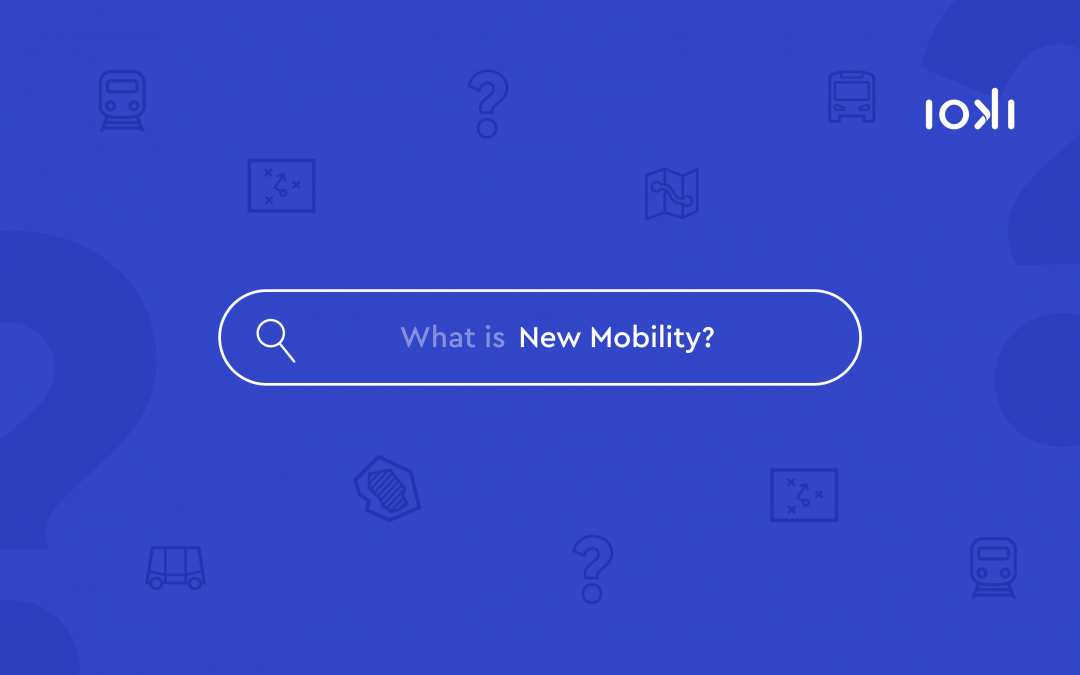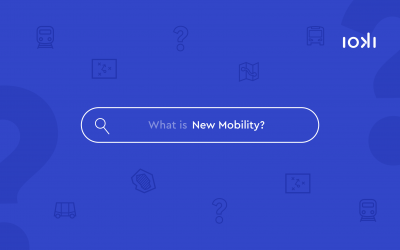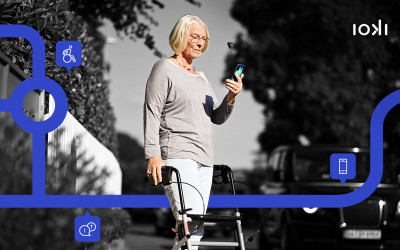If autonomous vehicles move along the most efficient routes, controlled by algorithms and with zero emissions, private cars will become increasingly unattractive compared to autonomous and digital regional and local transport. Deploying such innovative concepts in regional and local transport means that users benefit from more flexible services based on their own requirements as well as from shorter waiting times. What is more, autonomous vehicles with zero-emission propulsion methods could help improve air quality and reduce traffic volumes. However, the latter can only be realised if vehicles are shared. Autonomous mobility thus offers various levers for climate protection.
Therefore, self-driving e-shuttles that can be called on demand are a real game changer, especially for rural areas. And best of all: this is not science fiction but will be part of the regular public transport service in our country as of next year. »
Dr Volker Wissing, German Federal Minister for Digital and Transport (BMDV)*
Status quo – legal framework in Europe
However, there are also a number of regulatory and legal challenges that need to be considered when introducing autonomous vehicles into public transport, where ensuring safety is a key aspect. The strict safety standards that apply on European roads, and especially in German regional and local public transport, must be met. This includes, for example, monitoring vehicle systems and integrating emergency plans. It is interesting to note that citizens are mostly open to new automated forms of mobility. A survey by Bitkom, for example, shows that around two thirds of respondents would use autonomous buses2. Europe, and Germany in particular, is playing a pioneering role worldwide in shaping the legal framework for driverless cars.
While Levels 1 and 2 of autonomous driving already cover assistance systems in vehicles and are approved in all European countries, many European countries differ in their regulations for Levels 3 and 4, whereby Level 4 contains special requirements in terms of safety design. There is no longer a need for a safety driver to be directly present inside or just outside the vehicle as the vehicle is controlled via a control centre in situations identified as critical.
Below is a selection of the status quo regarding regulations in European countries:
Germany:
Last year, Germany became the first country in the world to regulate the legal situation surrounding autonomous driving without a Level 4 safety driver. The regulation has been legally binding since May 2022. Autonomous fleets can be used in regular operation from 2023 – autonomous operation with remote control will be possible after a transitional period. The Federal Ministry for Digital and Transport is also providing model regions and living labs to promote the development of completely new, digitalised and connected mobility systems. By 2030, up to 10,000 autonomous shuttles are expected to be deployed in the Hanseatic city of Hamburg alone, and in the next 12 months the first shuttles integrated into the regional and local public transport system to run at normal speed are expected to be able to participate in road traffic in the Rhine-Main region. The Association of German Transport Companies (VDV) already lists more than 40 autonomous shuttle bus projects in regional and local public transport. However, most of them travel at low speed, on fixed routes and still with safety drivers.
France:
In 2021, France and Germany were the first countries in the world to establish a legal framework for the deployment of autonomous vehicles in regular services. France has been pursuing a national strategy for the deployment of automated and connected mobility on the road since 2018. Since September 2022, autonomous vehicles up to Level 4 and without drivers on board have been allowed in mixed traffic on public roads – but they do require remote control.
UK:
Currently, Level 3 autonomous vehicles are allowed to drive in public traffic, but a safety driver is still required to be inside or outside the vehicle. Further regulations are also to be defined by 2025 to enable Level 4 autonomous mobility with remote control on British roads. London is considered by analysts to be one of the top markets in Europe for shared autonomous driving.3
Passengers in Edinburgh will be able to enjoy the world’s first fully sized self-driving bus from the spring after the project was awarded a share of £81 million in funding from the UK government and industry made available for self-driving transport technologies.4
Italy/Spain:
In Italy, there is no legal framework governing autonomous driving or, more precisely, autonomous vehicles (AV). However, Level 2 autonomous vehicles are currently allowed to be deployed in traffic – a regulation governing Level 3 vehicles could follow in 2023. Most regulations so far have been implemented on a case-by-case basis.
Switzerland:
In Switzerland, driving with driverless, fully automated vehicles is only possible if the necessary technical proof is provided and when the international legal framework has been expanded. Level 4 vehicles are therefore currently only permitted on defined routes or delimitable areas. Nevertheless, Switzerland is involved in various funding projects for autonomous driving at European level, e.g. in the Swiss canton of Geneva, where ioki supplied the on-demand software for fully autonomous pilot services as part of the EU’s AVENUE project.
What’s next?
A look at selected European countries shows that autonomous driving is already firmly anchored in the highly digitalised mobility of the future. Further potential can be leveraged thanks to the wide ranging possibilities provided by on-demand transport. For example, ioki’s flexible platform allows driver-based and autonomous modes to be combined. This enables support for mixed traffic so that the potential from both forms of service can be complemented to the best possible effect.
Developments at EU level give rise to hope that more European Member States will recognise the potential of automated vehicles as part of the decarbonisation of mobility and adapt their legal frameworks in the near future.
*ioki, 2023: https://ioki.com/en/world-premiere-autonomous-on-demand-vehicles-in-normal-road-traffic/



